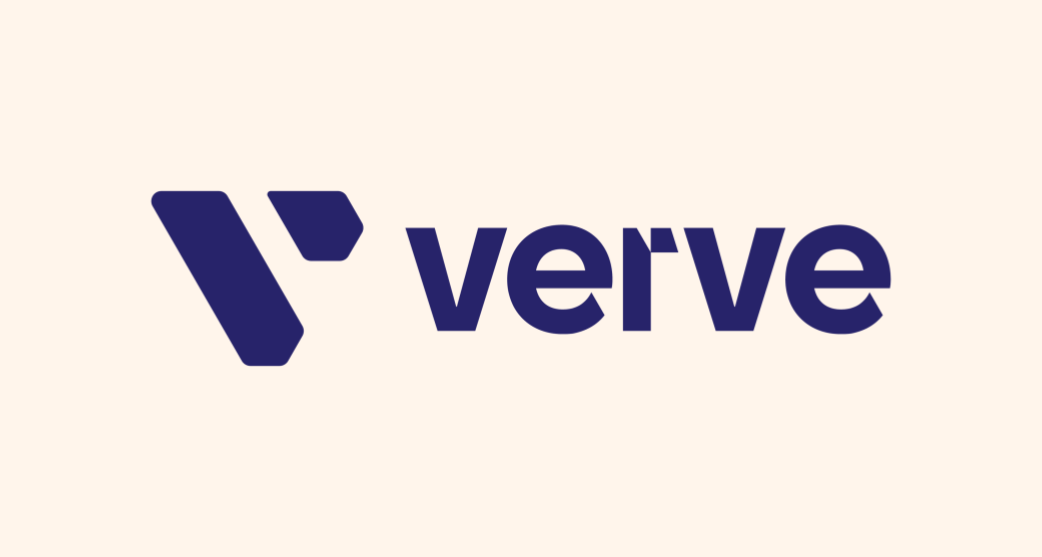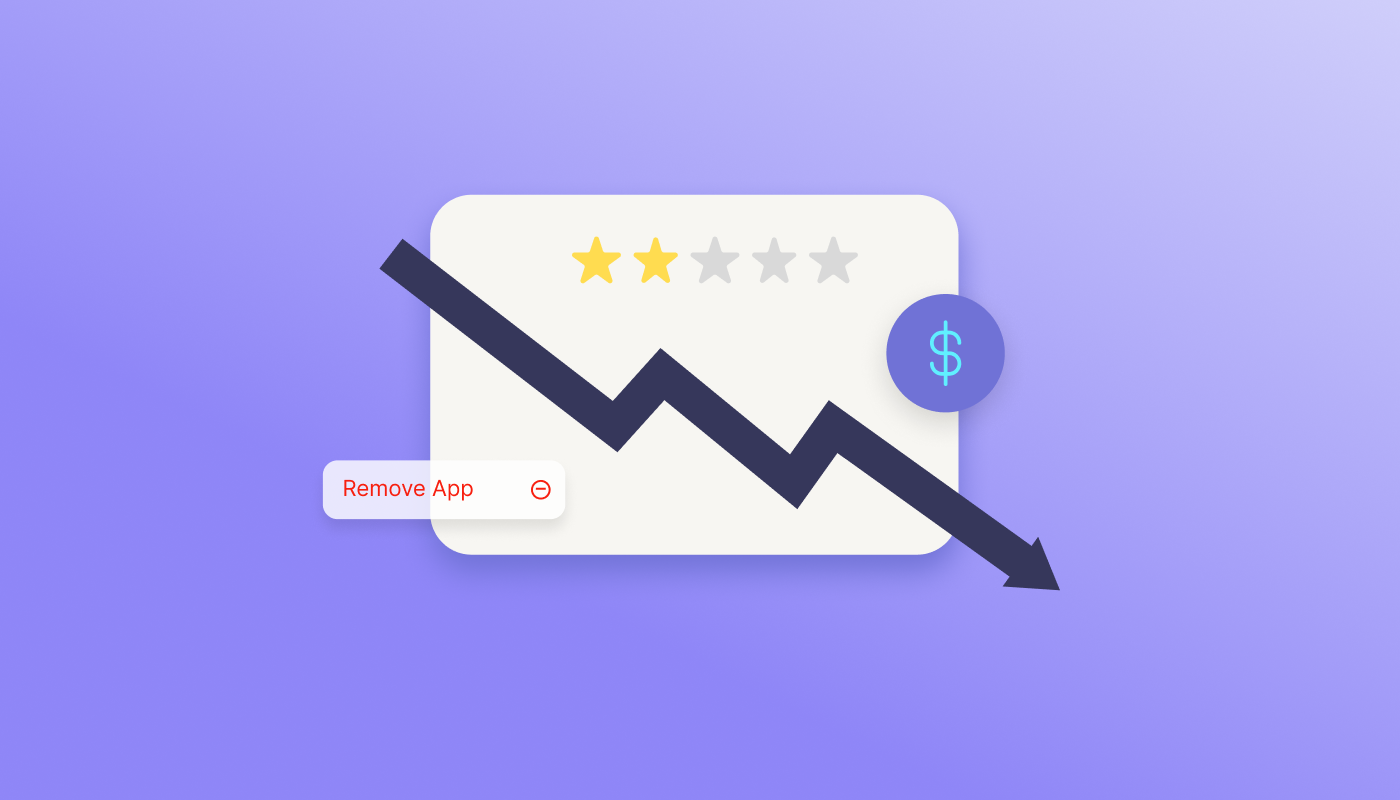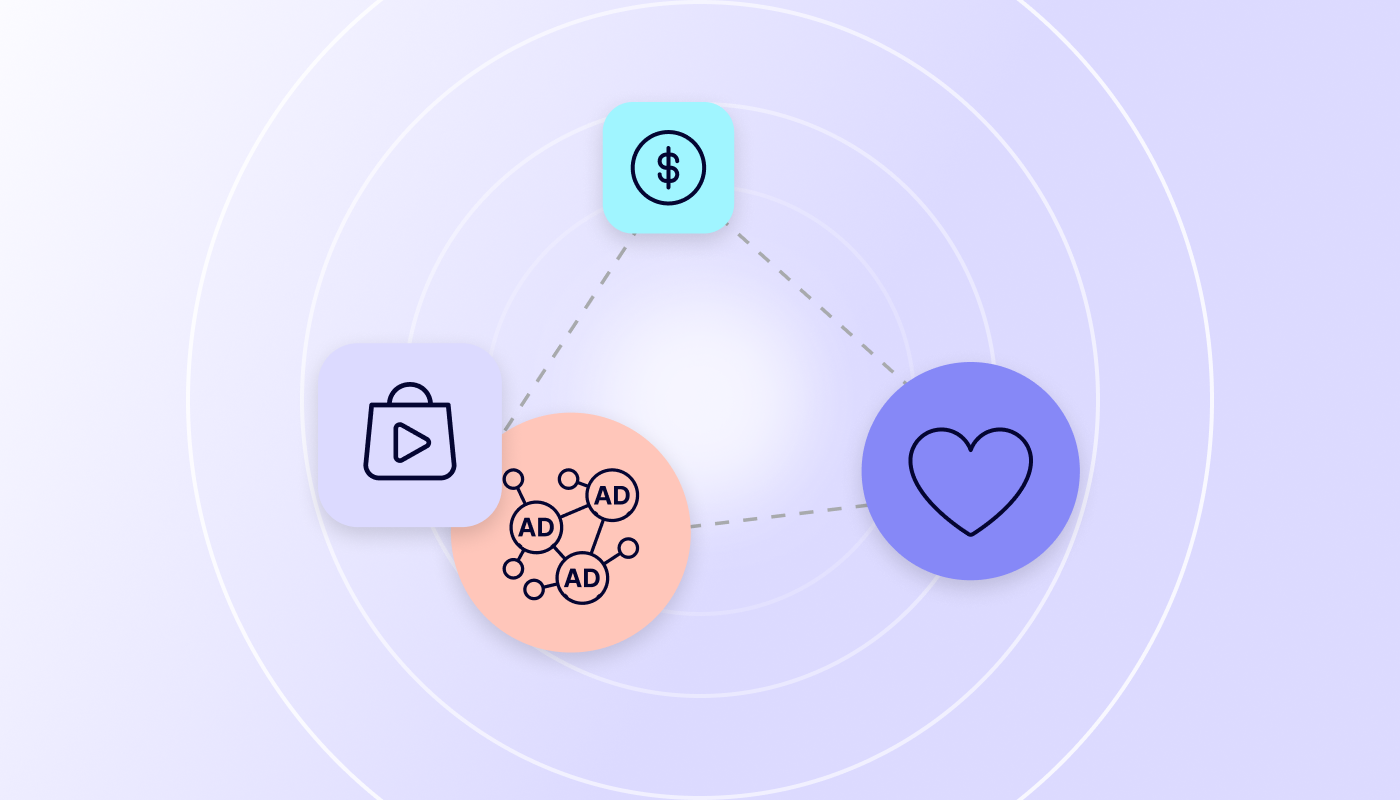Last week’s big cookie news might be a bombshell for some, but it doesn’t actually change much. Yes, Google isn’t eliminating third-party cookies in its Chrome browser. But cookies’ usefulness for advertising is undeniably fading away as consumer preference for privacy is on the rise. Ad tech’s path forward is clear: keep prioritizing technologies that don’t rely on identifiers or cookies — and continue expanding capabilities across non-web channels.
Google’s announcement of a “new user experience in Chrome” is likely resulting in giving users more control over their data, similar to the changes seen on other browsers as well as on iOS. While it might not be the shock approach of deprecating cookies at short notice that the market feared, it will certainly make using identifiers harder for advertisers.
Rather than panicking about the change of course in cookies, let’s focus on the incredibly exciting opportunities ahead for ad tech. Machine learning and AI are taking contextual and cohort-based targeting to new heights. Historically data-scarce channels like connected television (CTV) and digital out-of-home (DOOH) are ripe for innovation. Data is redefining how media buyers and sellers work together. Stakeholders across the industry are coming together to build and test privacy-preserving technologies. Rather than nullifying our dedication to an ID-free future, the reversal of cookie deprecation reaffirms it.
Here’s why we’re confidently focused on solutions like contextual advertising and cohort-based targeting, underpinned by our own breakthrough machine learning and AI models.
No turning back: Consumers and technologies are going ID-less
Amid consumer demand for better privacy and tightening data regulations worldwide, the advertising industry has irreversibly steered away from relying on personally identifiable information (PII). Two-thirds of consumers are already turning off cookies to protect their privacy.1 By default, 100% of third-party cookies are blocked in Firefox, Safari, and Microsoft Edge browsers (and have been for years).2, 3 And as far back as 2022, already three-quarters of iPhone users had opted out of tracking after the iOS 14.5 update, which enforced the App Tracking Transparency (ATT) framework.
ATT, which requires users to expressly opt in to allow tracking by Apple’s identifier for ads (IDFA), drastically changed how well advertisers could address and target users. While Google hasn’t set an official timeline to limit its identifier for ads (GAID), the industry is bracing for a similarly seismic change for Android users in 2025. Many anticipate that Google will shift from its opt-out model to an opt-in approach like Apple’s ATT.
The fallout from ATT serves as a powerful — and relevant — lesson that users are unlikely to opt in to tracking for advertising. Over time, a user-led approach will effectively end cookies’ usefulness for targeting, measurement, and other advertising purposes.
The only way forward is to invest in ID-less technologies, bringing them on par with legacy targeting solutions. This also allows for a new trust relationship with the end user, which benefits both brands and publishers. Consumers trust brands more if they feel their data is protected. Publishers have more monetization opportunities when more users grant consent.
Contextual and cohort-based targeting set to overtake third-party cookies by 2025
In the face of such signal loss, companies seeking alternative, privacy-safe data sources have gathered consented first-party data about their customers. This data can be anonymized, enriched, and activated for targeting and retargeting across environments, including emerging channels such as mobile in-app and connected TV. While first-party data is incredibly valuable, it doesn’t always offer the scale required. That’s because only a fraction of users will ever provide enough data for truly precise targeting of advertising. Enter contextual and cohort-based targeting.
Contextual advertising has become a leading alternative and complement to ID-based targeting. Contextual advertising offers considerable scale and requires no first-party data at all. Advanced contextual solutions like Verve’s Moments.AI use lightning-fast machine learning models to place brands’ ads alongside the most relevant content to reach highly engaged, interested consumers. And our contextual mobile DSP, Dataseat, was built from the ground up to help apps find their ideal users without needing mobile IDs.
For cohort-based targeting, on-device technologies like Verve’s ATOM 3.0 offer strong advantages without sacrificing privacy. ATOM 3.0 enables precise audience targeting without relying on user IDs by processing data directly on the device. With AI-driven persona modeling built on device-level signals and anonymized behavioral data, ATOM 3.0 fills in data gaps to create specific groups of users (i.e., “cohorts”). Advertisers can then target cohorts based on interests, demographics, and other factors. Because it’s baked into Verve’s mobile SDK with a vast network of publishers, ATOM 3.0 is a scalable, identifier-free solution for mobile targeting and monetization.
But don’t just take our word for it: the latest research indicates that advertisers and publishers are ready to move on from third-party cookies. Our study with AdExchanger, published just days ago, shows that 60% of advertisers use contextual targeting already, and 70% of publishers and media companies offer it. By the end of 2025, 93% of brands/agencies and 98% of publishers/media companies will have adopted contextual targeting.4
Adoption of cohort-based targeting is set to grow even more quickly, with the number of brands/agencies using it doubling in the next 18 months, jumping from 40% today to 82% in 2025. About half of publishers are already offering or developing cohort-based options, and 78% will be on board by 2025. These gains in contextual and cohort adoption will eclipse current-day applications of third-party cookies; the study found that 65% of publishers/media companies and 73% of brands/agencies use cookies to some extent.
Simply put, it’s time to move on from third-party cookies for good, even if they never technically deprecate.
Keep calm and carry on testing in the Privacy Sandbox
With the de-deprecation news, many stakeholders have questions about what’s next for Google’s Privacy Sandbox. Firstly, it’s important to note that the Privacy Sandbox initiative is divided into two distinct parts: Chrome and Android. Google has confirmed that keeping cookies in Chrome has no impact on the progress of Android Privacy Sandbox, a collection of APIs aimed at on-device buying, selling, targeting, and measuring in-app ad placements, without sharing user data with third parties.
At Verve, we’re proud to have been a testing partner from the early days of Privacy Sandbox. We work closely with Google and actively collaborate with demand-side platforms (DSPs) and mobile measurement partners (MMPs) to ensure we have production-ready services by the time the Privacy Sandbox for Android rolls out to end-user devices. These collaborations span Verve’s product suite, including pioneering new bidding systems with our on-device SDK and using Dataseat’s contextual DSP to explore new options to drive app installs and user re-engagement for app publishers.
Over 70% of the world’s mobile devices run on an Android operating system,5 and Android Privacy Sandbox remains critical to creating a privacy-centric advertising ecosystem. Mobile advertising’s inevitable path toward an ID-less reality means that early involvement with Android Privacy Sandbox is a competitive advantage for advertisers, publishers, and technology providers.
User-focused, privacy-first advertising
Advertising should ultimately create value for users, advertisers, and publishers. To achieve this, it’s on ad tech to prioritize solutions that ensure user privacy without sacrificing performance.
The privacy-first future is bright — and ID-less. Let’s make media better!
Sources:
- Pew Research Center, “How Americans View Data Privacy,” Oct. 2023
- Mozilla, “Today’s Firefox Blocks Third-Party Tracking Cookies and Cryptomining by Default,” Sep. 2019
- Apple, Safari 13.1 release notes, Mar. 2020
- AdExchanger, “Addressability & Performance Best Practices Survey,” July 2024
- Statista, “Market share of mobile operating systems worldwide from 2009 to 2024,” May 2024







